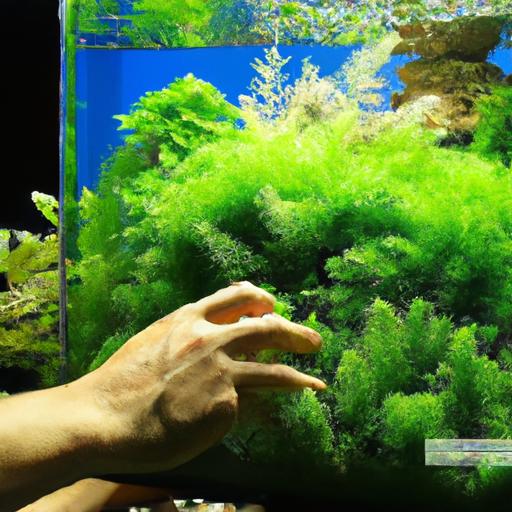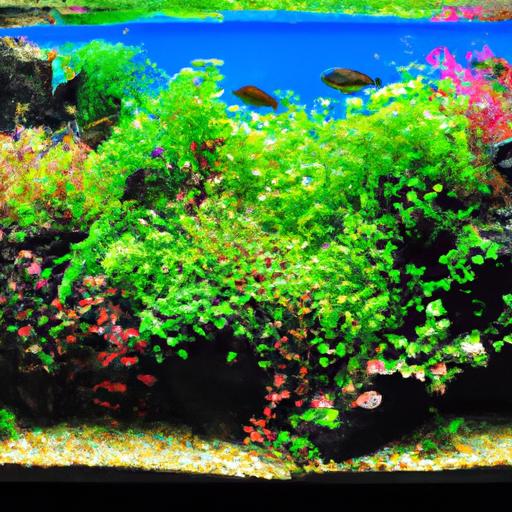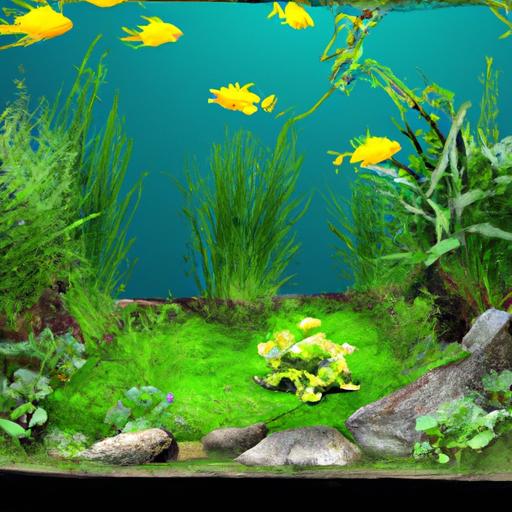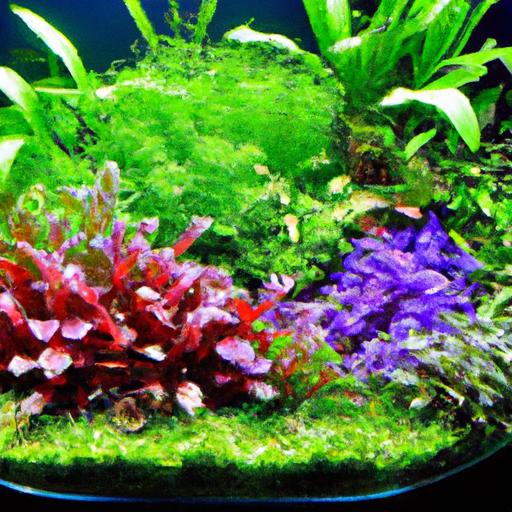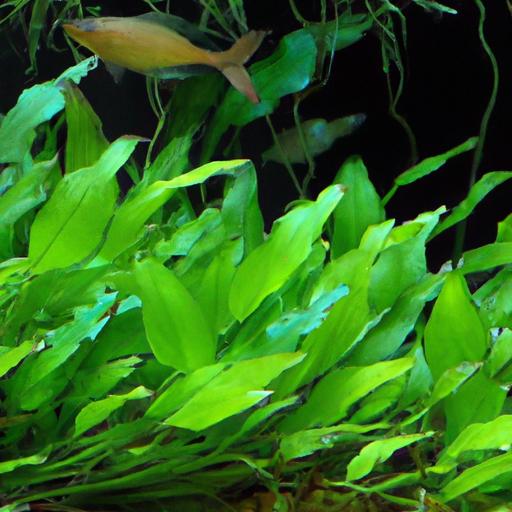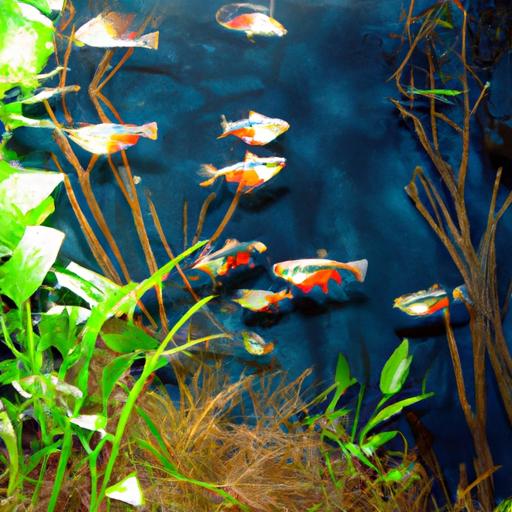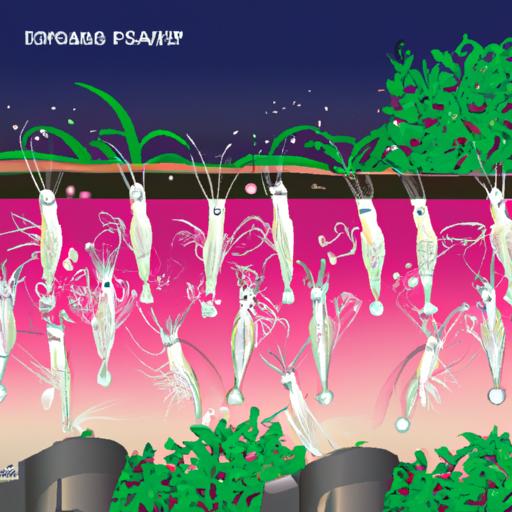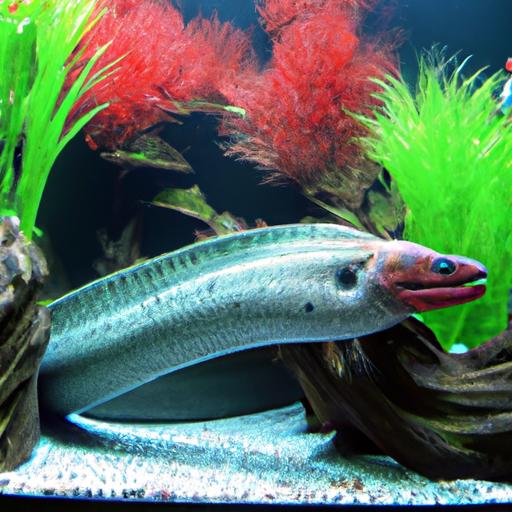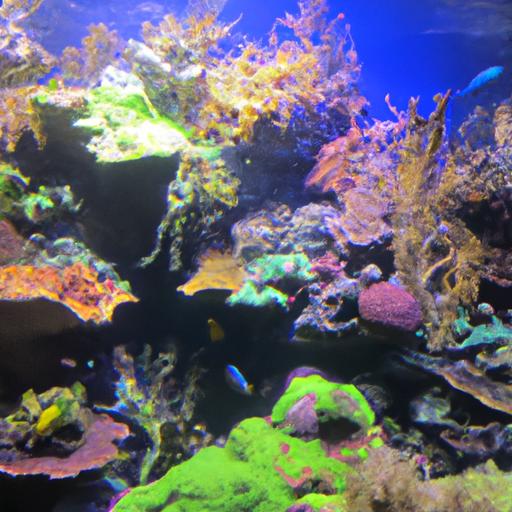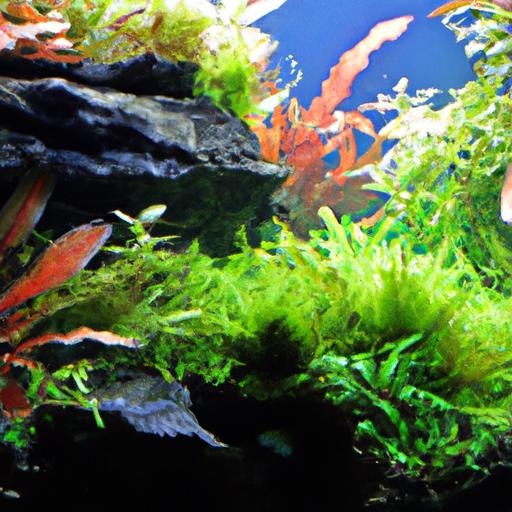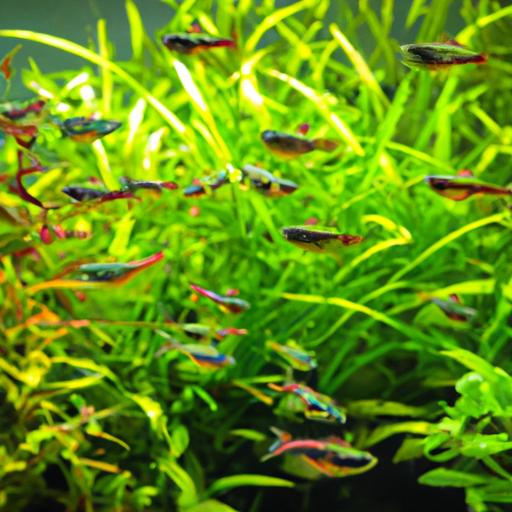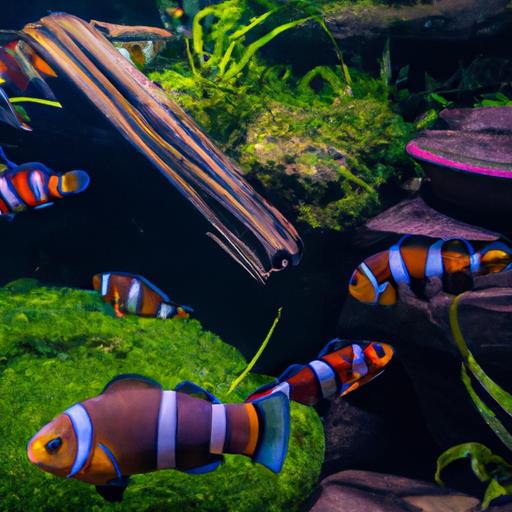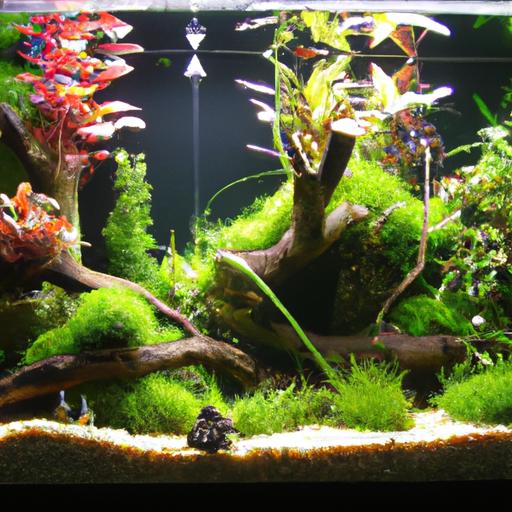
Nurturing a Healthy Tank with Vallisneria Nana Varieties
Discover the secrets to nurturing a healthy tank with Vallisneria Nana varieties. Learn the best practices for optimal growth and vibrant aquarium landscapes.
Introduction
Maintaining a healthy tank is essential for the well-being of your aquatic pets. One way to achieve this is by incorporating Vallisneria Nana varieties into your tank. These beautiful and versatile aquatic plants not only enhance the aesthetic appeal of your aquarium but also provide numerous benefits to the overall ecosystem. In this article, we will delve into the world of Vallisneria Nana and explore the best practices for nurturing these varieties to ensure a thriving and vibrant tank environment.
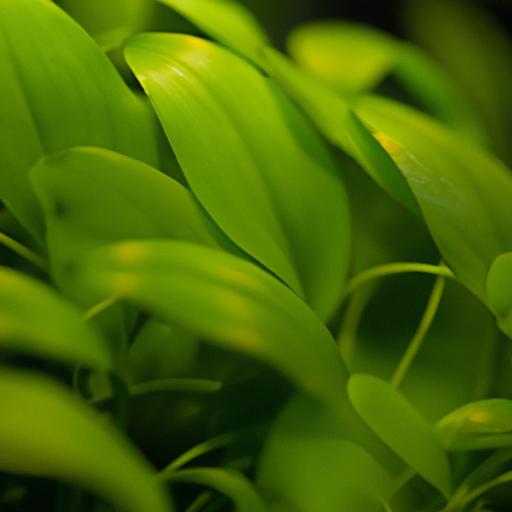
Nurturing Vallisneria Nana Varieties
To provide the optimal conditions for Vallisneria Nana, it is crucial to understand their specific requirements. Let’s take a closer look at the key factors involved in nurturing these stunning aquatic plants.
Understanding the requirements of Vallisneria Nana
Vallisneria Nana varieties thrive in freshwater tanks and prefer moderate to high lighting conditions. These plants require a nutrient-rich substrate to establish their root system and absorb essential minerals. Additionally, Vallisneria Nana varieties prefer slightly alkaline water with a pH level ranging from 6.5 to 8.0. By understanding these requirements, you can create an environment conducive to their growth.
Providing the ideal tank conditions
Maintaining suitable tank conditions is vital for the health and growth of Vallisneria Nana varieties. To ensure their well-being, it is crucial to maintain stable water parameters such as temperature, pH, and hardness. A temperature range of 72°F to 82°F (22°C to 28°C) is ideal for these plants. Additionally, regular water changes and filtration systems help maintain optimal water quality, reducing the risk of algae growth and providing a healthy environment for the plants.
Proper lighting and water parameters for growth
Lighting plays a significant role in the growth and development of Vallisneria Nana varieties. These plants require moderate to high levels of light to support photosynthesis. LED lights with a color temperature between 6500K and 7000K are recommended for optimal growth. It is essential to provide a lighting duration of 10-12 hours per day, ensuring a suitable photoperiod for the plants to thrive.
Nutrient supplementation and fertilization techniques
To promote healthy growth, it is essential to provide adequate nutrients to Vallisneria Nana varieties. They benefit from regular fertilization using a balanced aquarium plant fertilizer. Look for fertilizers rich in macronutrients such as nitrogen (N), phosphorus (P), and potassium (K), as well as micronutrients like iron (Fe) and magnesium (Mg). Regularly test the water parameters and adjust the fertilization regime accordingly to prevent deficiencies or excesses.
Frequently Asked Questions (FAQ)
Here are some commonly asked questions about nurturing Vallisneria Nana varieties:
What are the different Vallisneria Nana varieties?
Vallisneria Nana varieties come in different forms, including Vallisneria Nana, Vallisneria Nana ‘Tiger,’ and Vallisneria Nana ‘Rubra.’ Each variety offers unique characteristics, such as leaf coloration and growth patterns, allowing aquarists to create visually stunning displays in their tanks.
How often should I trim Vallisneria Nana?
Regular trimming is essential to maintain the health and aesthetics of Vallisneria Nana varieties. Depending on their growth rate, trimming every 3-4 weeks is generally recommended. By removing excessive or decaying leaves, you can prevent nutrient depletion and promote the growth of new shoots.
Can Vallisneria Nana thrive in low-light tanks?
While Vallisneria Nana varieties prefer moderate to high lighting conditions, they can adapt to low-light environments. However, in such cases, their growth may be slower, and they might not reach their full potential. Providing additional lighting or choosing low-light-tolerant varieties can help ensure their well-being.
What are common issues and diseases affecting Vallisneria Nana?
Vallisneria Nana varieties are generally hardy plants, but they can be susceptible to certain issues. Algae growth, nutrient deficiencies, and snail infestations are common challenges that aquarists may face. Regular monitoring, maintaining proper water parameters, and addressing issues promptly can help keep these plants healthy and vibrant.
Conclusion
Nurturing a healthy tank with Vallisneria Nana varieties not only adds beauty to your aquarium but also creates a thriving ecosystem for your aquatic pets. By understanding their requirements and providing the ideal tank conditions, you can enjoy the benefits of these stunning plants. Remember to maintain proper lighting, water parameters, and nutrient supplementation to ensure their optimal growth. With Vallisneria Nana varieties, you can create a captivating underwater landscape that will be the envy of fellow aquarists.
